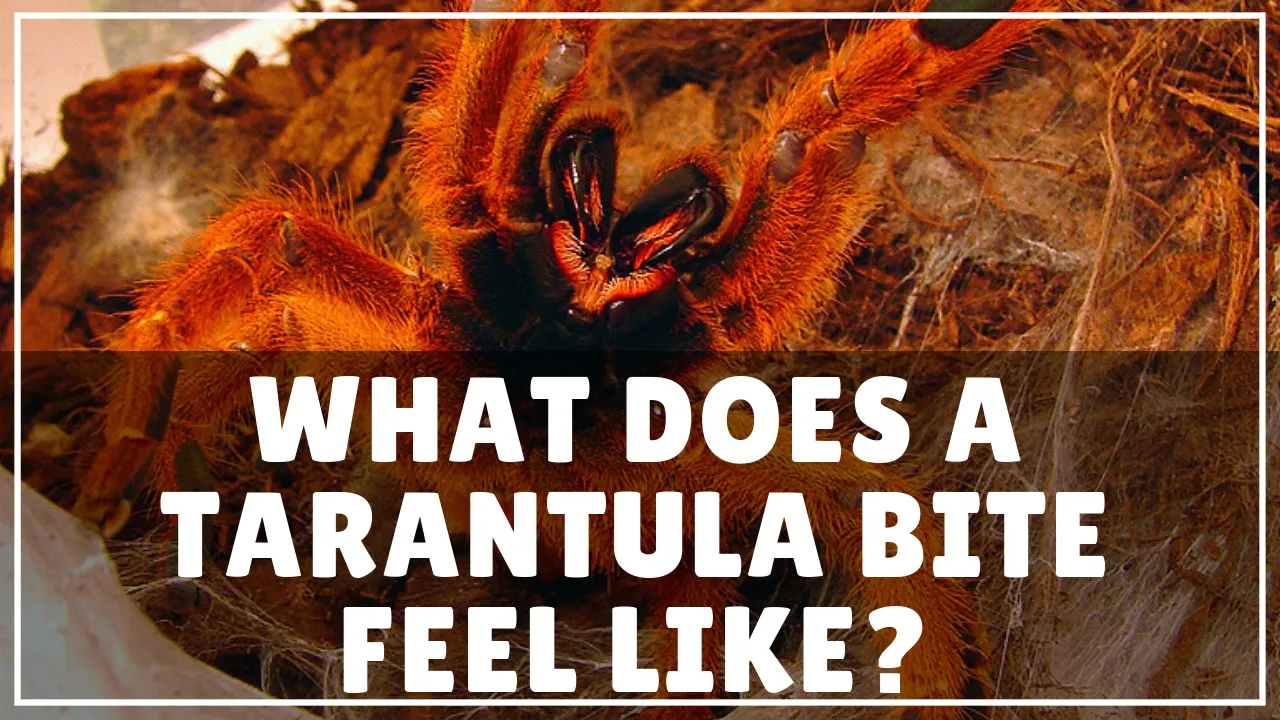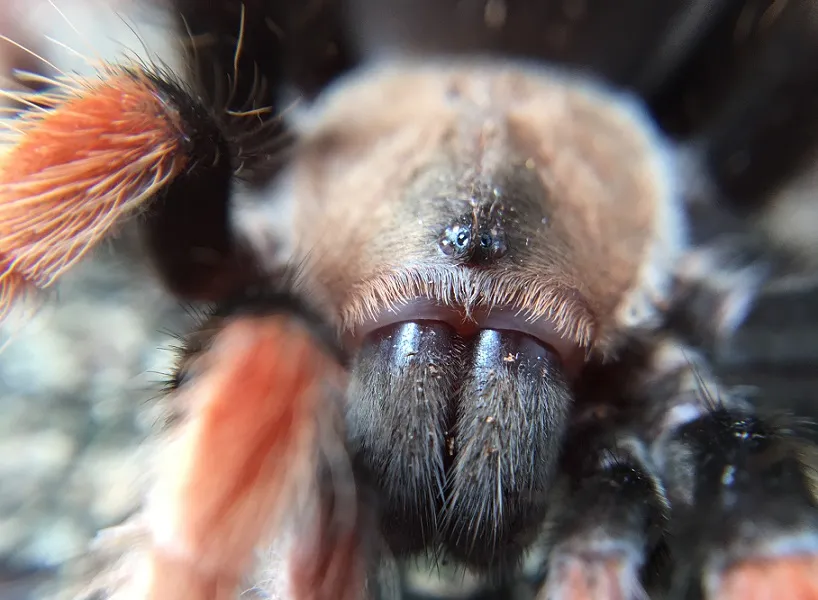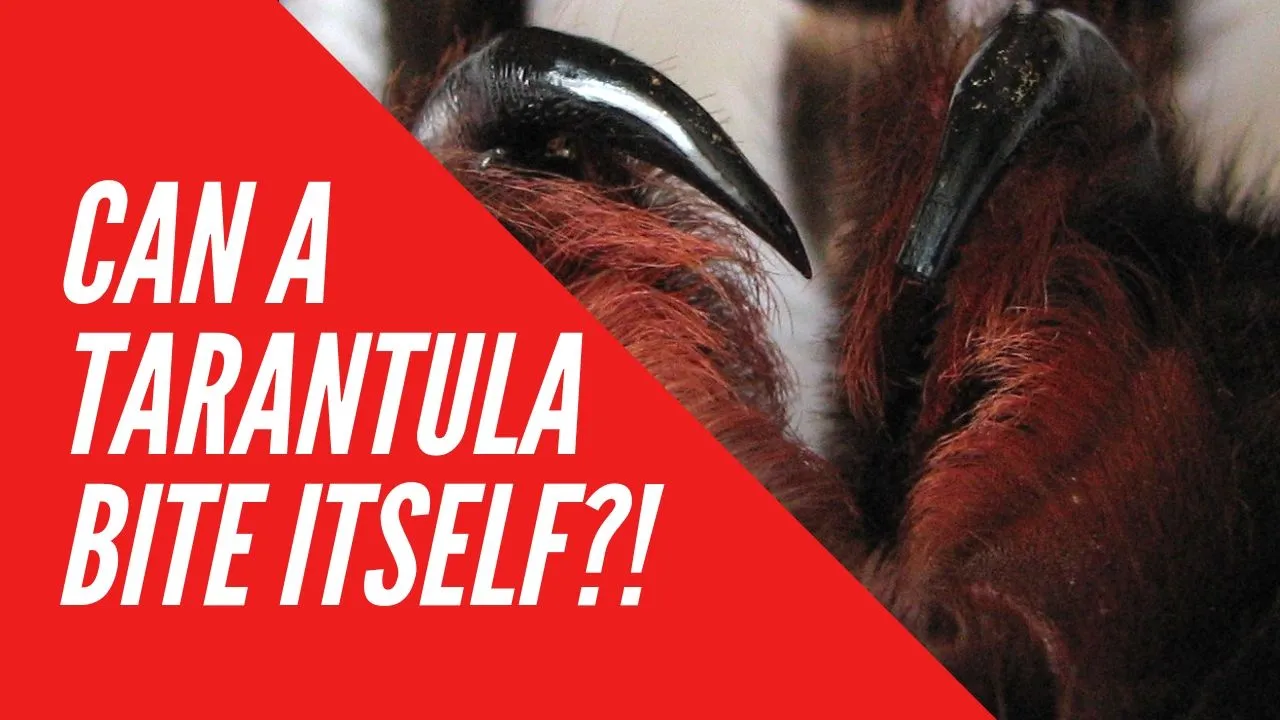Understanding Tarantula Bites on Cats
Tarantulas, despite their intimidating size, are not typically aggressive creatures. However, when a cat encounters a tarantula, a bite is still possible. Understanding the nature of these bites and how they affect your feline friend is crucial for responsible pet ownership. The venom of most tarantulas, while potent to insects and small prey, is generally not life-threatening to cats. However, the bite itself can cause local pain, swelling, and discomfort. It is important to remember that allergic reactions can vary, and prompt action is always the best approach. The initial reaction and the cat’s overall health will determine the course of treatment. Therefore, awareness and preparedness are key to ensuring your cat’s well-being in the event of a tarantula encounter.
What Happens When a Cat Gets Bitten by a Tarantula
When a cat is bitten by a tarantula, the immediate reaction is a sharp, often localized pain. The cat may yelp or vocalize distress. The venom, injected through the tarantula’s fangs, begins to act on the cat’s tissues. The severity of the reaction depends on several factors, including the amount of venom injected, the cat’s size and overall health, and the specific species of tarantula. Bites often occur on the paws, face, or other areas the cat may investigate. Observation of your cat’s behavior immediately after a suspected bite is essential. Keep a close eye on any signs of distress, such as excessive drooling, difficulty breathing, or changes in behavior. Fast action and keen observation are crucial to proper assessment and care.
Identifying the Bite

Identifying a tarantula bite on a cat can sometimes be challenging, as the bites are often small and can be hidden by fur. However, there are key signs to look for. The most immediate indicator is often a sudden yelp or display of distress from the cat. Upon closer inspection, you might find one or two small puncture wounds, which may or may not be readily visible. Swelling and redness around the bite site are common. The cat may also exhibit signs of local irritation, such as pawing at the area, licking excessively, or limping. If you suspect a bite, carefully examine your cat, especially around the face, paws, and areas where the cat may have been interacting with the tarantula. Prompt recognition of these signs is critical for initiating appropriate care and minimizing discomfort for your pet. Accurate identification will help to determine the need for veterinary assistance.
Symptoms of a Tarantula Bite on a Cat
The symptoms of a tarantula bite on a cat can range from mild to severe, depending on the factors mentioned earlier. Mild symptoms often include localized pain, swelling, and redness around the bite site. The cat might show signs of discomfort, such as pawing at the area or licking excessively. In some cases, there may be only a slight reaction, and the cat might seem relatively unaffected. However, more severe reactions can manifest as significant swelling, difficulty breathing, excessive drooling, vomiting, diarrhea, or changes in behavior, such as lethargy or loss of appetite. It is vital to monitor your cat closely for any adverse symptoms after a suspected bite. Early detection of any concerning symptoms is crucial for timely intervention. Immediate veterinary attention is necessary if the cat displays severe symptoms or if you are concerned about their well-being.
Immediate Actions to Take
If you suspect your cat has been bitten by a tarantula, act quickly and calmly. The first step is to remove the cat from the area where the incident occurred to prevent further exposure. Assess the cat’s condition and look for any signs of distress, such as difficulty breathing or severe swelling. If possible, try to identify the species of tarantula, as this information can be helpful for the vet. Do not attempt to catch or handle the tarantula yourself, as this could lead to another bite. Gently comfort your cat and keep them as still as possible to minimize any further pain or stress. These initial actions provide a foundation for further treatment, which will be decided by a veterinary professional.
First Aid Steps

While waiting to seek veterinary care, there are a few first aid steps you can take. Gently clean the bite area with mild soap and water to remove any residual venom or debris. Apply a cool compress to the site to help reduce swelling and alleviate pain. Monitor the cat’s vital signs, including their breathing rate and heart rate, and note any changes in their behavior. If you have any antihistamines or pain relievers prescribed by your veterinarian, you can administer them according to the vet’s instructions. However, do not give any medication to your cat without consulting with a veterinarian. The goal is to provide comfort and support until professional medical help is available. Keep the focus on minimizing the cat’s pain and stress.
Cleaning the Wound
Cleaning the wound is a critical first aid step. Gently flush the bite area with lukewarm water and mild soap. Avoid using harsh chemicals or antiseptics, which can cause further irritation. Carefully pat the area dry with a clean cloth. This process helps remove any remaining venom and reduces the risk of secondary infection. Inspect the wound for any debris, such as fragments of the tarantula’s fangs, and gently remove them if possible. Proper cleaning creates a clean area to support the cat’s natural healing process.
Pain Management
Pain management is a significant part of caring for a cat that has been bitten by a tarantula. The use of a cool compress can provide immediate relief. Gently apply the compress to the bite site for short periods. If your veterinarian has previously prescribed pain medication, administer it according to their instructions. Avoid giving over-the-counter pain relievers intended for humans, as these can be toxic to cats. Keep the cat calm and comfortable by providing a quiet, safe space. Monitor their behavior for signs of distress or worsening pain, and seek veterinary attention immediately if needed.
When to Seek Veterinary Care

It’s essential to seek veterinary care after a tarantula bite, regardless of the severity of the symptoms. Even if your cat appears to be doing well, a vet can assess the wound, provide appropriate treatment, and monitor for any delayed reactions. Immediate veterinary attention is especially crucial if your cat exhibits any severe symptoms, such as difficulty breathing, significant swelling, excessive drooling, vomiting, or changes in behavior. If you’re uncertain about the severity of the bite, it’s always best to err on the side of caution and consult a veterinarian. Timely veterinary care can prevent complications and ensure your cat’s complete recovery. Remember to provide the veterinarian with as much information as possible, including any details about the tarantula.
What the Vet Will Do
Upon arrival at the veterinary clinic, the vet will conduct a thorough examination of your cat. This will include checking vital signs, assessing the bite site, and evaluating the cat’s overall health. The vet may also ask for details about the incident, including the cat’s behavior before and after the bite. Blood work may be needed to assess the cat’s overall health and to look for any adverse reactions. The vet will develop a tailored treatment plan based on the assessment findings. This plan is likely to include cleaning and disinfecting the bite wound, administering medications to control pain and inflammation, and possibly prescribing antibiotics to prevent infection. The vet will monitor your cat closely and provide supportive care as needed.
Treatment Options
The treatment options for a tarantula bite on a cat vary depending on the severity of the reaction. In mild cases, the treatment might involve cleaning the wound, administering pain relievers, and monitoring the cat’s condition at home. For more severe cases, the vet might prescribe anti-inflammatory drugs to reduce swelling and pain. Antibiotics may be necessary if there’s a risk of infection. In extreme cases, the vet may administer intravenous fluids or other supportive care to address complications such as difficulty breathing or shock. Follow the vet’s instructions carefully, and ensure your cat receives all necessary medications. Keep a close eye on your cat, and contact the vet immediately if you notice any worsening symptoms. The vet’s primary goal is to provide the best care possible and to support a full recovery.
Preventing Tarantula Bites on Cats

Preventing tarantula bites on cats involves creating a safe environment and being vigilant about potential risks. If you live in an area where tarantulas are common, take steps to minimize the chances of an encounter. Consider sealing any cracks or openings in your home to prevent tarantulas from entering. Remove clutter and debris from your yard, which can provide hiding places for these spiders. Avoid letting your cat roam unsupervised outdoors, especially at night when tarantulas are more active. Educate yourself about local tarantula species and their behavior. By taking these precautions, you can significantly reduce the risk of your cat being bitten by a tarantula.
Creating a Safe Environment
Creating a safe environment for your cat is a crucial part of preventing tarantula bites. Indoors, ensure that doors and windows are properly sealed to prevent entry. If you keep pet insects or arachnids, ensure their enclosures are secure and inaccessible to your cat. Regularly inspect your home for any signs of tarantulas. Outdoors, keep your yard well-maintained, and remove any potential hiding places. Consider using pet-safe pest control methods to deter tarantulas and other insects. You can also add cat-friendly plants like catnip and catmint that they can enjoy instead of investigating unknown areas. By creating a safe and secure environment both inside and outside your home, you can protect your cat from potential hazards, including tarantula bites.
Monitoring Your Cat
Regularly monitoring your cat is essential for detecting any potential health issues, including those related to tarantula bites. Observe your cat’s behavior and physical condition daily. Look for any signs of changes, such as lethargy, loss of appetite, or unusual vocalizations. Pay attention to any areas of redness, swelling, or irritation on their skin. If you live in an area where tarantulas are present, be extra vigilant, especially if you notice any sudden changes. If you are concerned about your cat’s health, consult with your veterinarian promptly. Early detection of any problems is essential to ensure a timely and effective treatment.
Long-Term Care and Recovery

Following a tarantula bite, long-term care and recovery are essential to ensure your cat’s complete well-being. Follow your veterinarian’s instructions carefully, including administering any prescribed medications and attending follow-up appointments. Monitor your cat’s condition closely, looking for any signs of recurrence or complications. Provide a comfortable and stress-free environment to help with recovery. Make sure your cat has a quiet place to rest and access to fresh water and nutritious food. Offer gentle affection and reassurance to help alleviate any stress. With proper care, most cats fully recover from tarantula bites. Your ongoing attention and care contribute significantly to your cat’s recovery and overall health. Should you have any concerns, do not hesitate to contact your veterinarian.
